Choosing between five different setups can be sometimes confusing. Here's a straightforward identification and explanation of each fin configuration.
Although they are often overlooked, fins are an important variable in any surfboard. Without them, surfboards would be skimboards or bodyboards.
So what are fins for? The goal of fins is to stabilize your surfboard and prevent it from skidding sideways while cutting through the water. The bigger the fins, the more they will dig into the wall of the wave.
Selecting fins will always be a trade-off - you've got to sacrifice a few variables to improve or increase others. For instance: are you looking for more drive and speed, better pivoting when turning, or hold?
The answer to this question will help you decide which fin setup suits your needs. Each configuration will have a specific impact on the ride, that is in maneuverability.
Because there are many forces at work, fins and interchangeable fin setups are the least understood component of a surfboard.
Fins will behave differently, depending on the board and the ocean conditions. Whenever possible, test a couple of setups in similar situations, so that you can make a rational decision.
There are five possible fin configurations that can be used in a surfboard:
The Single Fin Setup
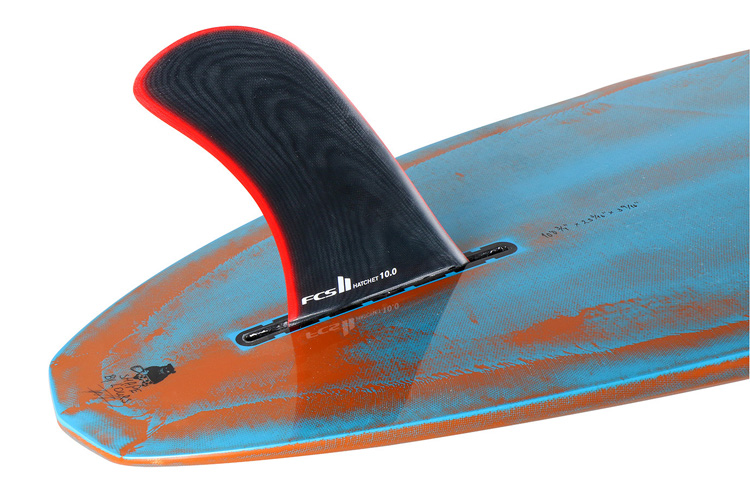
The single fin is the original surfboard fin setup. It does not generate a lot of speed, but it is a great option for holding a surf line. The single fin is the most used configuration among longboarders.
The Twin Fin Setup
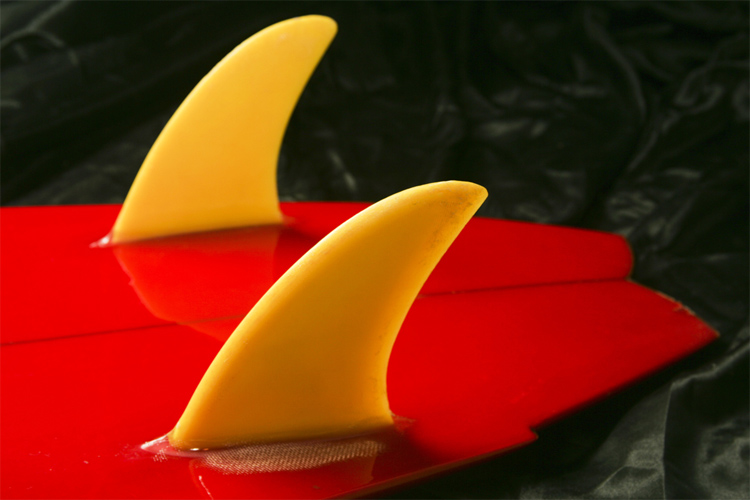
The twin fin is a highly responsive and fast setup. This loose configuration is fun to ride and will adapt well to waist-to-head-high waves. In bigger waves, and because it lacks a center fin, it may spin out in bottom turns and rounded cutbacks.
The Thruster Setup
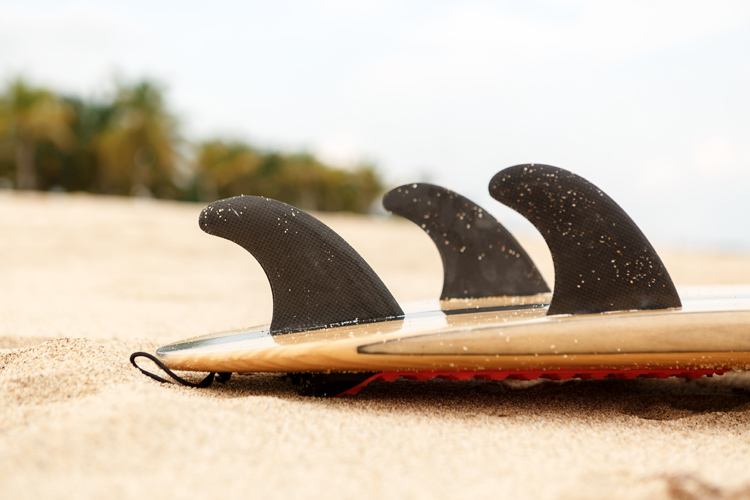
The thruster is most popular surfboard fin setup in the world. It was introduced by Simon Anderson in 1980. In a thruster setup, the surfboard gets two lateral fins and a center fin. It's an all-around configuration that will adapt to a wide variety of boards and waves. Nevertheless, a thruster is your go-to option in predictable or high-quality waves, where the surfer needs to find a balance between stability, speed, and control. The side fins - with a single foil on the outside - generate lift; the center fin - with double foils - provides direction stabilization.
The Quad Fin Setup
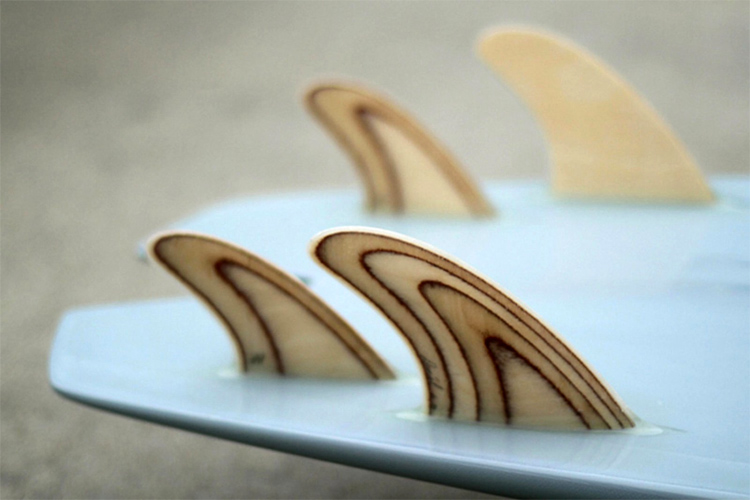
The quad is an evolution of the twin-fin setup. It is the perfect fin setup for both small days and hollow waves that require extra speed down the line. With two lateral and two centered fins, the quad will excel in freight train conditions, or small mushy summer rollers when drag is your worst enemy. The quad has the loose feeling of a twin-fin, but with added control.
The Five-Fin Setup
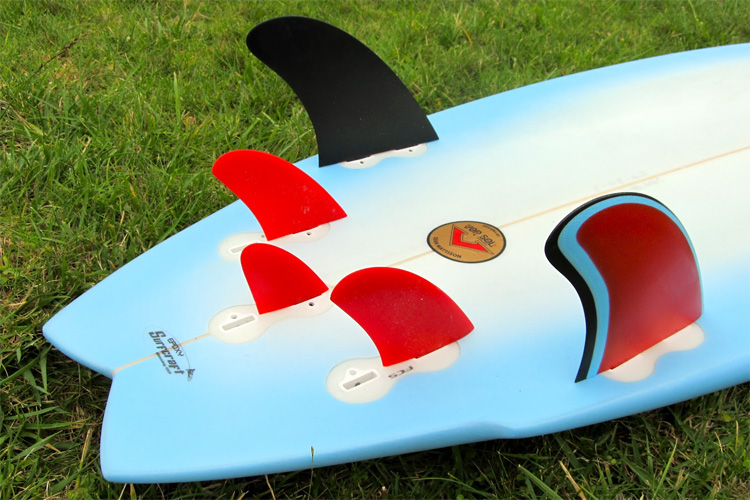
The five-fin setup is a 20th-century blend between the thruster and the quad systems. It's a fine-tune that combines speed with control, without sacrificing maneuverability. It is also considered a 4+1 fin setup due to the small size of the fifth center fin, named "Nubster" or "guitar pick."


